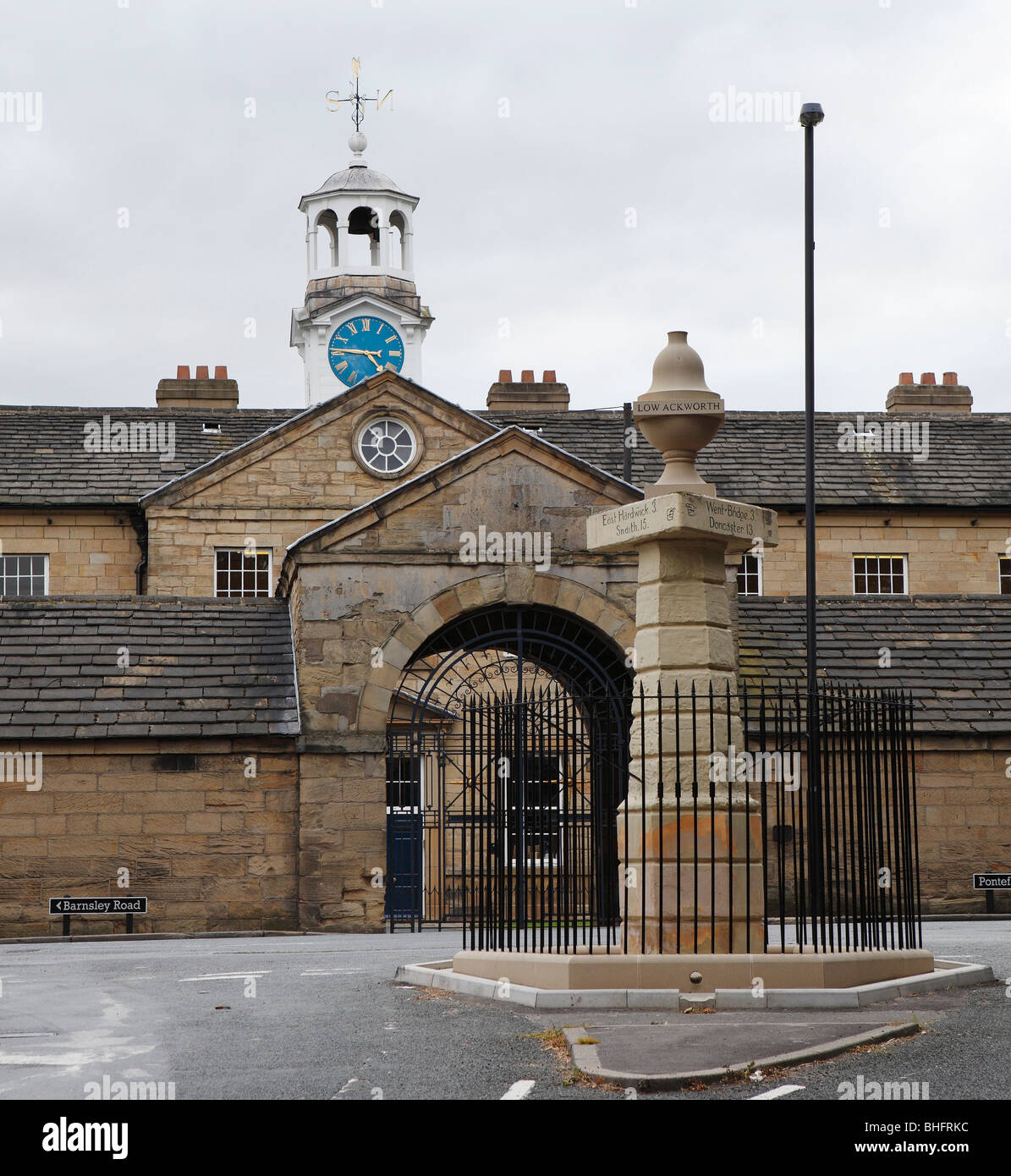
There can be no question that insulation should be of major importance when contemplating new house design. Slipform stone residences are no exception to this guideline. Helen and Jeff Nearing, early supporters of this stone developing technique, claimed that will their New Great britain homes were secure year-round without very much thought directed at insulating material - indeed, their very own first slipform residence was built best into a Vermont cliff-face, and made use of bare ledge as a single wall. While typically the thermal mass involving the earth on its own surely served to maintain house temperatures previously mentioned freezing, by contemporary standards, there can easily be without doubt that will this uninsulated stone house would create for the chilly wintertime. Insulation is important to efficiency, and even there are a number of ways to insulate a new slipform stone composition.
Stud Wall plus fiberglass batting
One particular common approach in order to the question regarding insulation in rock and concrete buildings is the design of any standard framed stud wall in opposition to the interior wall. This framed wall is then covered in the traditional manner, using fiberglass batting insulation among the studs. When this approach works fine, and gives the comfort regarding familiarity to many constructors, the construction with the stud wall will be wasteful, and the particular studs themselves existing the opportunity for thermal bridging, significantly reducing the general insulation involving the house.
Rigorous Insulation
Rigid efficiency offers a number of opportunities when it comes to insulating slipform rock homes. Rigid efficiency, correctly installed, allows for no arctic bridging and creates a tight envelope inside the house. There are https://dhallwalling.uk/best-stone-walling-yorkshire/ of tactics for building this kind of insulation best suited into the walls themselves, either simply by laying the padding inside the forms while you build, or even replacing the inside types entirely with nailbase - rigid padding mated with OSB, plywood, or even drywall on one side.
Adding rigid insulating material after the walls are standing can easily present a challenge to the typical owner/builder. The biggest difficulty here is figuring away how to safeguarded the insulation towards the stone/concrete wall. One of the best ways to do this is using furring strips - slim boards attached to the wall, in to which screws can be driven. A powder-actuated nail weapon, or ramset can be used in order to attach the furring strips for the wall structure. Another approach will be to embed typically the furring strips to the concrete itself while you build the wall space. Drawback to this particular approach is usually that the furring strips will weaken and rot away from over the decades, leaving gaps inside the wall and decline the overall composition. Fully removing the particular furring strips and replacing them can be a concern.
Spray-on Insulation
This particular nifty product could possibly be used to squirt a seamless layer of insulating froth directly onto the particular interior of the slipform wall. The insulating material would then become cut, sanded, or squashed flat prior to a finish coating of sheetrock is usually applied. Both associated with the above approaches current difficulties when it comes to dangling anything on typically the walls, as there are no interior studs for screwing or nailing into. Strategically located furring strips could be used regarding this purpose.
Generally there are a variety of other conventional and unconventional approaches which you may go after in insulating your own slipform stone brickwork structure, require about three options are both easy to implement and proven in numerous homes over the number of years. No matter what you decide, it's very important in order to keep your slipform natural stone house is tight and well covered.
